Digital Marketing
The Digital Marketing Funnel: What It Is and How To Create One
LantroTech Marketing
January 20, 2023
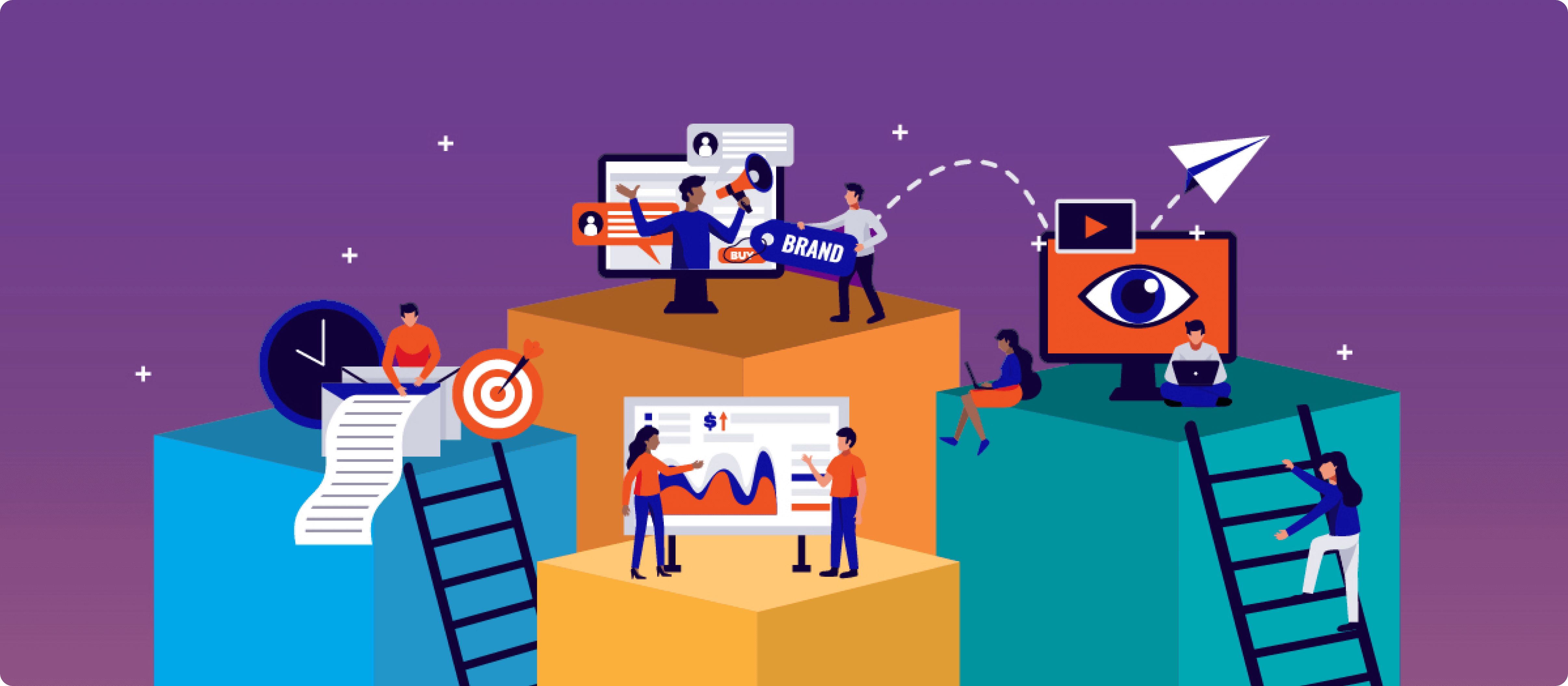
In a perfect world, you expect every customer to access your products and purchase from the same channel. For example, they would visit your website, scroll through different products, and then place an order.
A Marketer’s life would be pretty simple if this were the case, but in the real world, things are different and much more complex. There isn’t always one channel through which existing and potential customers find out about your products. Some might hear about your brand through social media and then visit your website. Others may end up on your website by clicking on a Google ad. Then there are those customers who have been referred to your business by a friend or family member. And the list goes on.
So you see, there are multiple channels available to customers. It certainly isn’t easy to anticipate how each customer will navigate the different paths. Still, if you wish to create successful Digital Marketing campaigns that generate maximum sales for your business, you have to at least try.
That’s where the Digital Marketing Funnel comes in! Read the following blog to understand what exactly a Digital Marketing funnel is, the role it plays in creating a successful Digital Marketing campaign, the different stages of the funnel and the strategies to use at each stage for your target audience.
What Is a Digital Marketing Funnel?
A Digital Marketing Funnel refers to mapping out the complete buying journey of your customers from the moment they know about your product to when they purchase it.
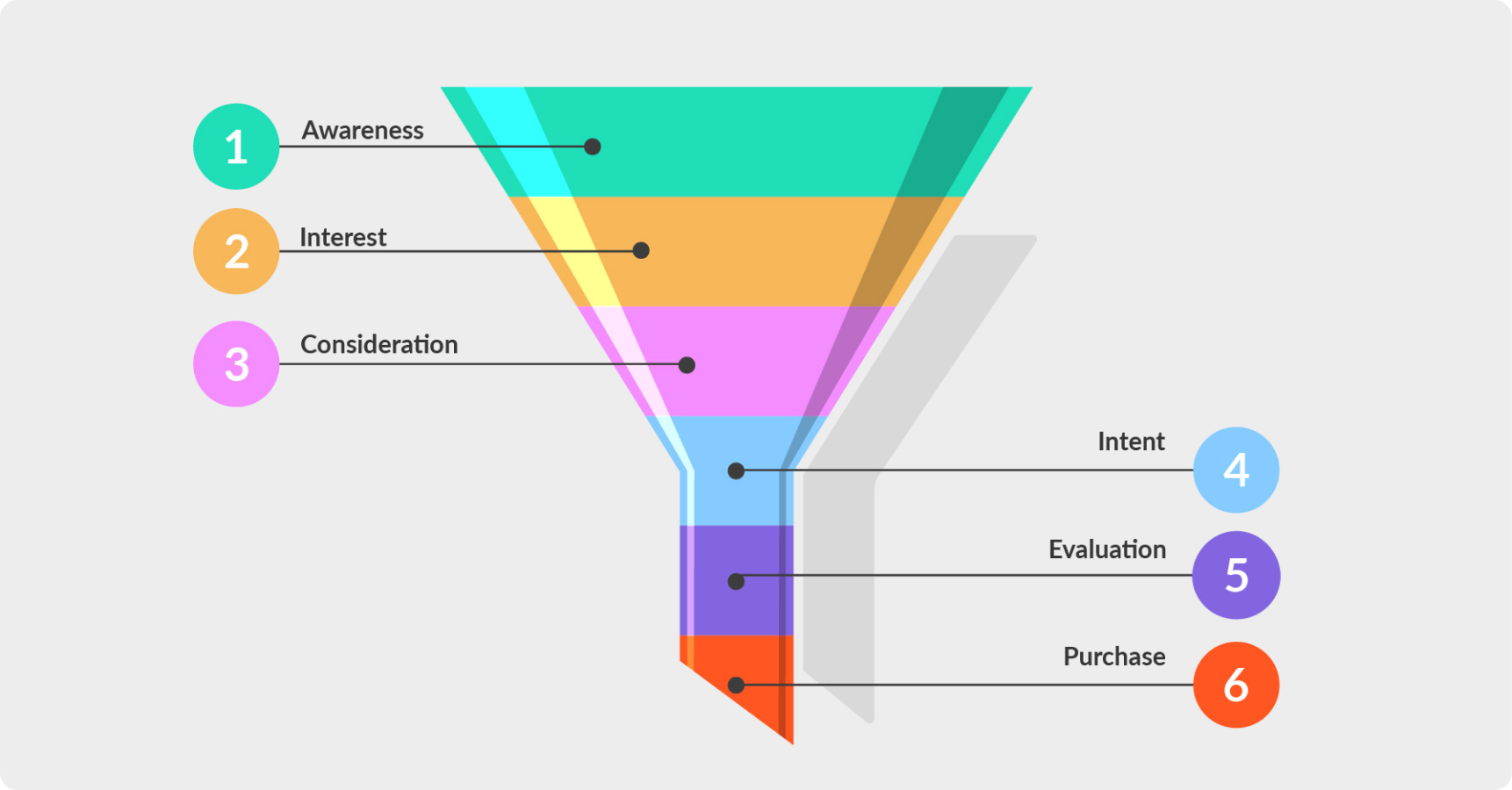
We will discuss each of the Digital Marketing Funnel stages in detail, but before we do that, you must become familiarised with the three different types of customers you will encounter during the implementation of your Marketing strategy. So let’s talk about them first.
Top of the Funnel Customers (TOFU):
Such customers may have a problem but aren’t actively looking for a solution because they’re not sure whether it can even be solved. For example, a company might find managing various projects manually pretty challenging. It would love to automate the process, but since it’s not aware of the different Project Management softwares that are available in the market, it thinks a solution for this problem does not exist. So the company wouldn’t even be thinking of searching for a solution.
Middle of the Funnel Customers (MOFU):
MOFU is the second stage of the buyer’s journey. It is when the customer has realized they have a problem and even discovered different options to resolve the issue they’re facing. At this stage, the customer compares the various options available in the market in detail to see which option would most effectively meet their needs and resolve the problem.
Bottom of the Funnel Customers (BOFU):
This is the final and most important stage of the Marketing funnel. It comprises individuals who have expressed interest in purchasing your product or service and are more accurately called “leads”. So now it is your job to help these individuals make a final decision about the purchase and successfully convert them into customers through effective Content Marketing.
To effectively target each of the customers mentioned above, you need to create content aligned with their unique needs and objectives. Now that you have a good understanding of the different types of customers, it’s time to take you through the various stages of the Digital Marketing funnel and the Content Marketing you need to engage in at each stage.
1. The Awareness Stage
The Awareness Stage is where you find Top of the Funnel customers, which we discussed earlier. Since customers are not fully aware of the problem they’re facing and how it can be solved, you need to find ways to grab their attention and show them how your product/service can help them tackle the issue at hand.
At this stage, your main goal should be to reach the target audience before the competition. The most common methods for reaching out to customers include Social Media and Google Paid Advertising (Facebook, Youtube, Instagram, etc.), Blog Posts, Podcast Advertising, Partnering with Influencers/Bloggers, and hosting Webinars. You must also carry out Search Engine Optimization (SEO) to ensure your company and products/services can be found in the top-ranked results of Google and are visible to prospective customers.
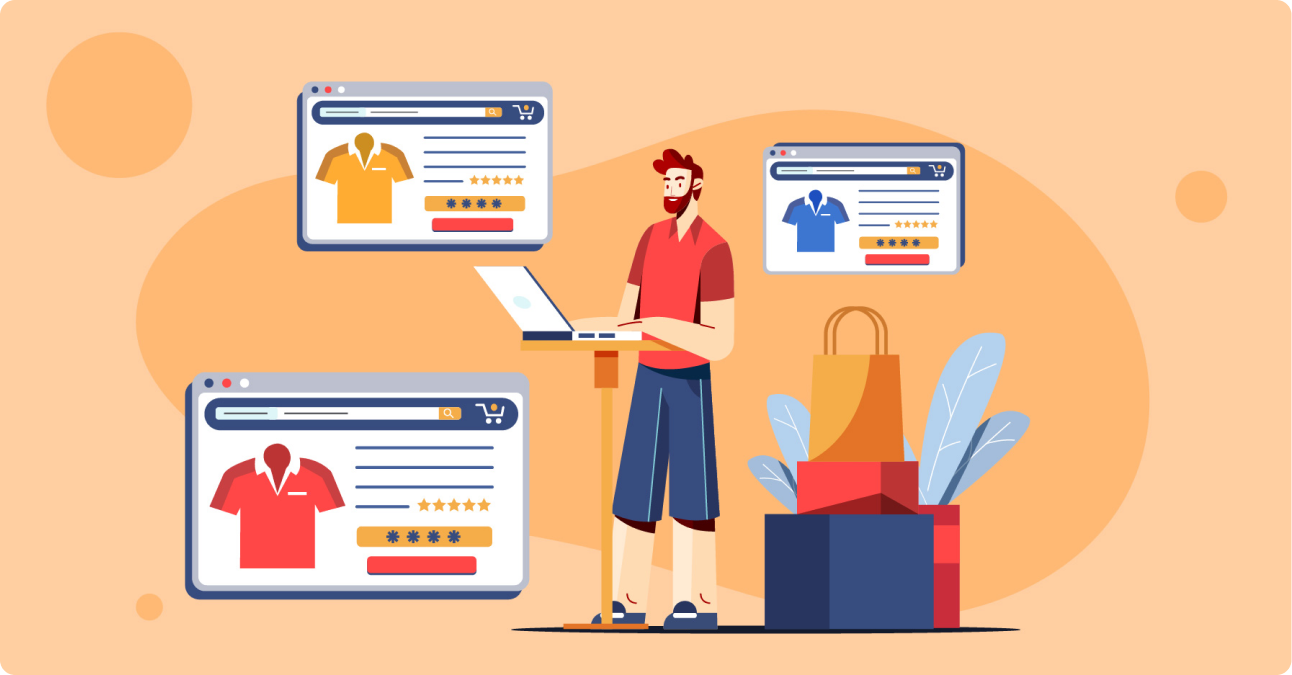
2. The Interest Stage
Once you have created awareness about your brand, there will likely be some customers who develop an interest in your company and the product it offers. At this stage, you need to nurture the relationship with interested customers and present your company in a way that builds trust and makes your brand much more attractive.
You can achieve this by engaging in Email Marketing and creating more targeted and relevant content for your customers, e.g. newsletters containing information that elaborates on the customer’s pain points and how they can overcome them. Customers are also more likely to visit your social media channels at this time so Social Media Marketing is a must. Make sure to create valuable, educational content that will further strengthen their interest in your brand/product. Video Marketing has proven to be quite effective, so it would be best to focus on maximizing content in the form of videos.
3. The Consideration Stage
This stage represents Middle of the Funnel customers. Now the customer is actively comparing the offerings of competing brands by weighing the pros and cons of each offer and has entered the loyalty loop. So at this stage, you need to put forward content that will aid the customer’s decision-making process. The best material is the one that clearly explains your company’s benefits and unique selling proposition, which will help you stand out among competitors.
To facilitate the customers, you can provide content like Case Studies, Frequently Asked Questions (FAQs), White Papers and Downloads. It would be best if you put forward everything that will not only communicate the efficiency of your offering but will also clear up any doubts the customers may have regarding your offer.

4. The Intent Stage
When prospective customers make it to the Intent stage, they are interested in buying your product, so now you have to tailor your marketing efforts accordingly to show them why you’re the perfect choice.
Customers at this stage might be interested in examining the product, so you can provide them with product demos to ensure a more comprehensive understanding of its value. You can also ask customers to fill out short surveys to better understand their needs and requirements, enabling you to tailor your offering accordingly.
5. The Evaluation Stage
The Evaluation Stage is the most crucial because this is when the prospective customer decides whether purchasing your product is worth it. This is basically your last chance to convince them that your product has everything they’re looking for.
Since the buyer needs reassurance that you will be able to meet their needs, you must provide additional sources of information that will help them make a final decision. You could showcase customer testimonials and product reviews highlighting previous customers’ positive experiences with your product. Moreover, product spec sheets are also a good idea since they provide an in-depth view of the product features. Also, free product trials are considered pretty effective since the customer gets a hands-on experience using the product before committing to purchase.
6. The Purchase Stage
Congratulations! You’ve made it to the final stage of the Digital Marketing Funnel; the customer has purchased your product. While you can take a moment to celebrate this win, it’s essential to act on the next step: finding ways to retain your newly acquired customer.
Once the purchase has been made, you must focus on building a customer relationship by keeping customers engaged and making them feel valued and cared for. You can stay connected with them via Email Marketing to help resolve any problems they might face while using the product. Video tutorials can also be provided to help first-time customers understand how to use the product. You can even disseminate feedback forms via email to collect insights and suggestions to enhance customer experience. Moreover, to make customers feel extra special, you can give loyal customers early access to new products and even offer them discounts or coupons to encourage repeat purchases.
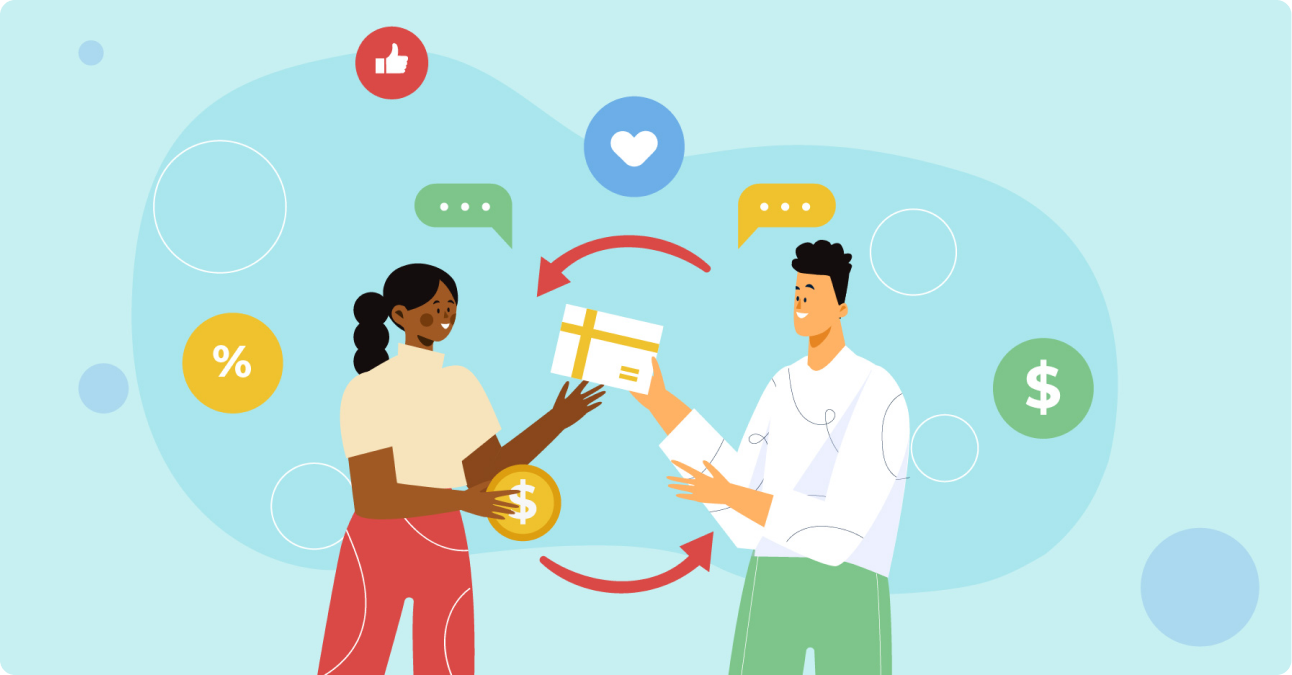
The Benefits of a Digital Marketing Funnel
If you’ve gone through the various stages of the Digital Marketing Funnel detailed above, you must’ve developed some understanding of the benefits it can potentially create for your business. However, if you’re still unsure if this is the right strategy for your company, it might be possible that you aren’t considering ALL the advantages that are likely to result.
So let’s take you through the most significant benefits of implementing a Digital Marketing Funnel:
Better Customer Segmentation
The first and foremost advantage is that you can divide your customers into different segments (TOFU, MOFU, BOFU) depending on their unique goals and the stage of the buying journey they’re currently at. Consequently, this results in better segmentation of your marketing strategy and communication actions by creating and directing content, ads, messages and other beneficial strategies for each customer. Therefore, you will be able to talk to the right audience and offer relevant content for each stage.
Maps Out Customer Journey
Using the Digital Marketing Funnel can help you plan ahead as it simplifies the buyer journey and makes it much easier to follow. Since you’ll have more clarity regarding the Marketing objectives you wish to achieve, e.g. online sales, generating website traffic, etc., you’ll be able to map out each stage of your customer’s decision process and plan out the exact steps you need to take to reach out to them effectively.
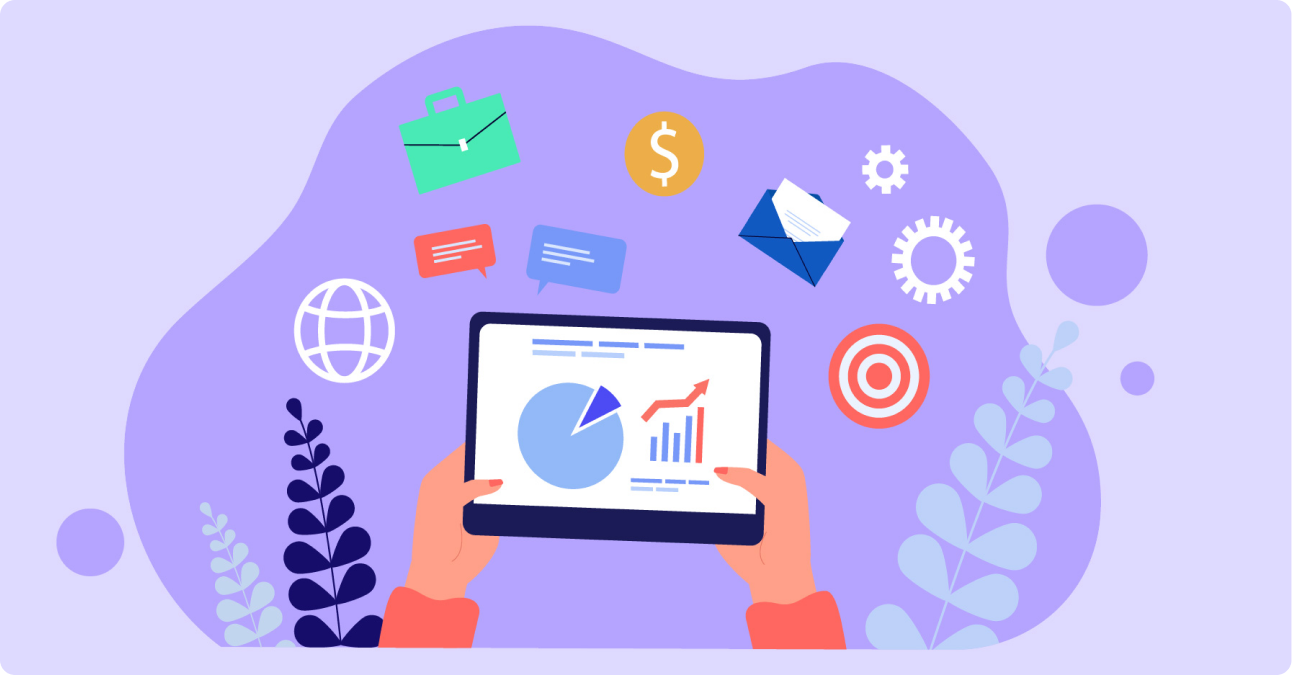
Maximizes Conversions
The benefit of mapping out the customer journey is that you become more precise in your actions. You get a deeper and more thorough understanding of customer needs which helps you get closer to your customers and generate more relevant content that is likely to resonate with them. Having such a broad view of the customer’s journey makes it easier to convince them to move further along the Digital Marketing Funnel from one stage to the next. As a result, lead generation maximizes and a higher conversion rate is achieved.
Guarantees More Efficient Use of Resources
A Digital Marketing Funnel is especially important for small businesses since they have limited resources, so they need to be extra careful about where they utilize them. By bringing adjustments to Digital Marketing Strategies and delivering only the most accurate content to customers, the Digital Marketing Funnel ensures efficient use of resources. As the company directs its efforts toward the most effective strategies, it can save time and resources significantly.
Improved Measurability
The greatest benefit of using a Digital Marketing Funnel is its measurability which generates important insights for the Marketing team. For example, you might find that a customer views your ad and clicks on the link you’ve added but does not take the next step, i.e. make a purchase. Maybe your current Digital Marketing strategy isn’t working, your offer isn’t good enough to spark an interest, or the customer didn’t find what they were looking for. So one thing becomes clear: you need to adjust your strategy. Therefore, without the Digital Marketing Funnel, you would never know why you’re gaining or losing customers, which makes its implementation imperative to the company’s overall success.
It’s Time to Implement the Digital Marketing Funnel
Digitization and technology have resulted in a more interconnected world and an abundance of tools and resources to reach out to existing and potential customers via Funnel Marketing. While these tools are available to everyone, only the ones who learn how to use them will be able to create an impact.
As a Marketer, you must always be one step ahead of the competition. You must ensure that your company has a voice and does not get lost in the sea of Marketing trends, tools, and technologies but utilizes them in the best way possible to leave a mark. That’s why it is so important to have an effective Digital Marketing Funnel. We sincerely hope you are now fully aware of the wonders it can do for your business.
It is now on you to further explore the Digital Marketing Funnel and use it to create personalized Marketing campaigns according to your unique business requirements that will help drive results. And for that, we wish you the best of luck!